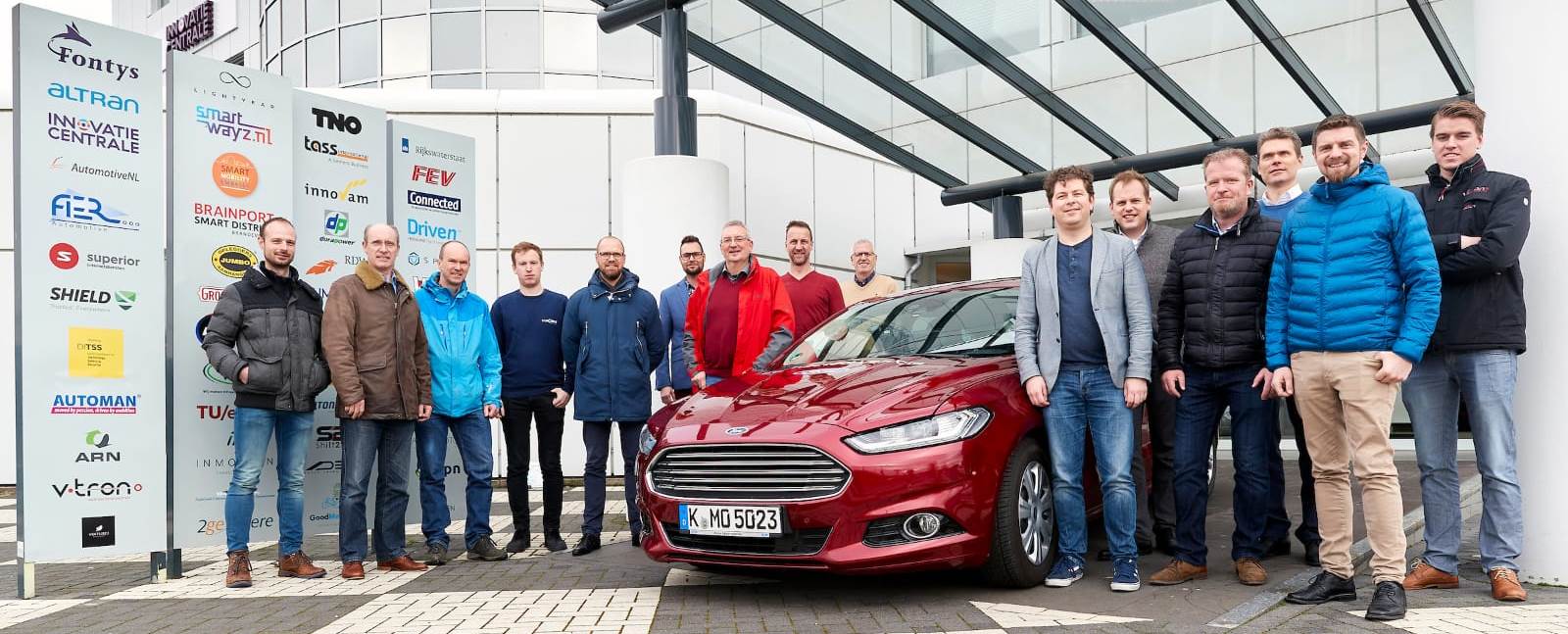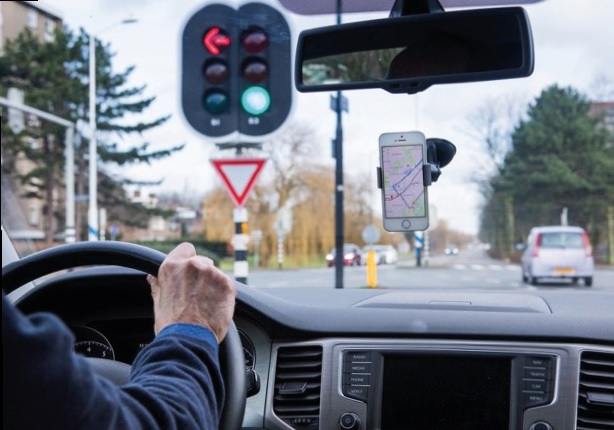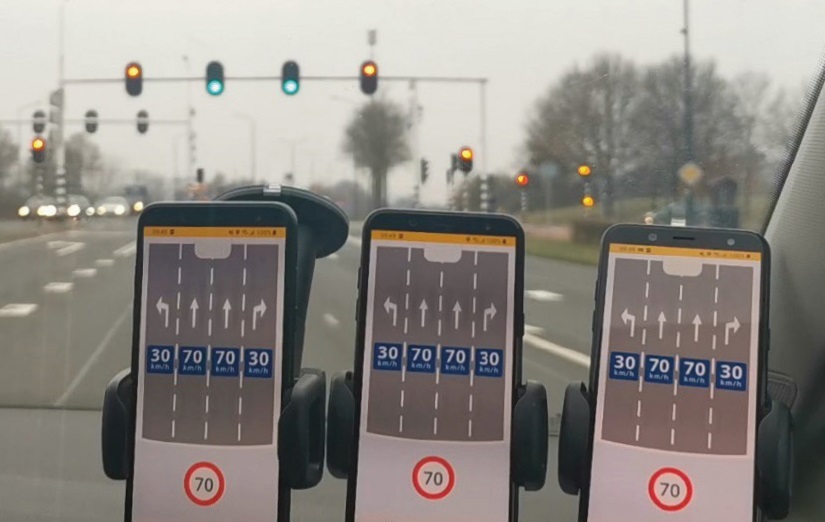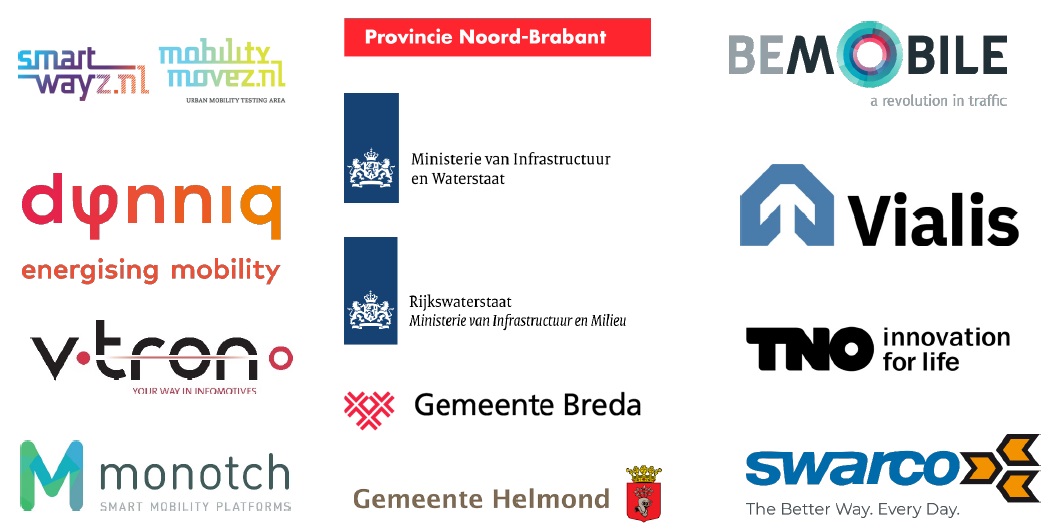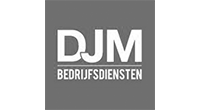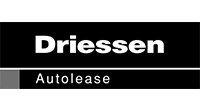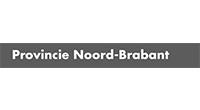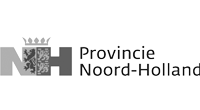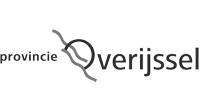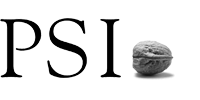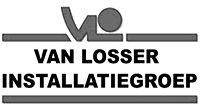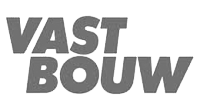Objective of MMZ-GLOSA
GLOSA (Green Light Optimal Speed Advice) from MobilityMoveZ provides speed advice when passing intelligent traffic control installations (iVRI). It is an important tool for traffic management and contributes to livability and accessibility in urban environments.
The technology for GLOSA has existed for some time and has been demonstrated and evaluated several times in pilot projects. In Intercor and Concorda, among others, it has emerged that data on green and red times from iVRIs are excellently available to service providers in the Netherlands. Due to the high degree to which intersection controls in the Netherlands are adaptive, information on scheduled red and green times is updated almost continuously, making the data unreliable for speed advice and thus unusable for service providers and OEMs.
This pilot project investigated how to make GLOSA sufficiently usable for service providers and OEMs. A properly working GLOSA reduces braking and acceleration and thus contributes significantly to CO2 & NOx reduction.
The results of the project are described below. For insight into the complete outcomes download the report.
Project approach
Today, the scope of GLOSA is still often limited. Service providers also indicate that the data are unusable for driving task support.
Many traffic schemes change the green and red phases as soon as they detect new traffic.
Reliable? No, ustable! The indication is still being adjusted, but it respects the indicated minimum and maximum end times and gives reasonable predictability.
Usability is measured by the ability of service providers to provide driving task-assisted speed advice.
Contact V-tron:
Results achieved
This project realized and sent out from the iVRI the following items, among others, to make GLOSA usable for driving task support and traffic management:
- Speed profile based on reservation;
- Queue information in the Signal Phase and Timing (SPAT) message;
- Application of large MAP messages creating a GLOSA-enabled corridor;
- Phase times made usable (only during red phase) based on reservation;
- Utilized flashing light information from the CAM message to determine vehicle direction.
The project has thus demonstrated that the GLOSA-enabled corridor can be carefully chosen so that no adverse traffic impacts result from application of the MVP-GLOSA.
The results on Deurneseweg in Helmond show that approximately 90% of the test vehicles receive a speed recommendation, of which 70% can pass the intersection without speed variation. This result meets the set objectives above expectations.
Challenges
The application of the ‘GLOSA-enabled corridor’ concept makes it possible to make GLOSA usable locally, in a way that allows service providers and automobile manufacturers that already support this functionality (e.g., from a business case that also lies outside the Netherlands) to be able to incorporate it into driving task support.
This corridor thus already has the potential in the short term to make GLOSA usable for driving task support and traffic management.
Project partners:
This project was funded by MobilityMoveZ and SmartWayz

